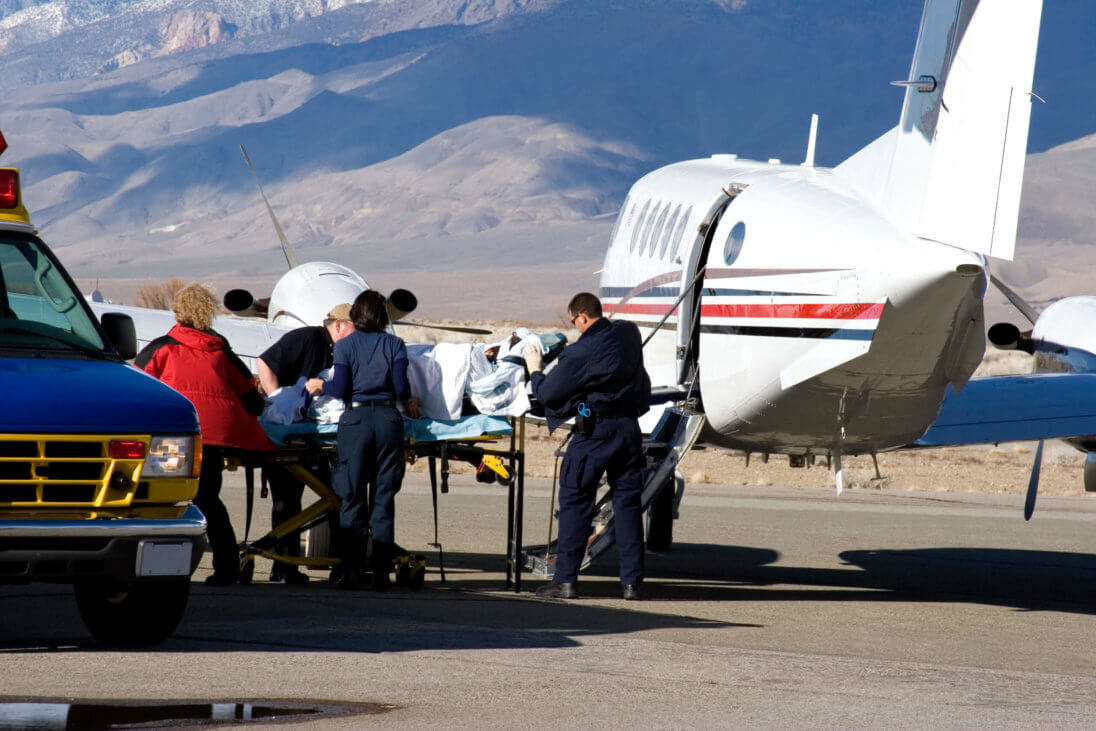
April 23, 2020
Despite being a DHS-designated critical infrastructure, air medical operators are struggling during the coronavirus crisis. Air medical transport providers report about a 40% reduction in medical transport flights, partly due to the many stay-at-home orders in effect across the U.S.
The Association of Air Medical Services (AAMS) estimates that nearly 400,000 helicopter medevac transports and 150,000 fixed-wing transports occur in the U.S. annually.
Operators conducting air medical transports serve trauma, cardiac, organ transplant and neonatal patients, among others. The operations use a variety of aircraft, from single-engine turboprops to jets and single- and multi-engine rotorcraft. Some 54% of missions are hospital-to-hospital, while 33% carry patients from accident scenes to medical facilities. Some 13% are for organ transport and other purposes, according to AAMS.
The air medical industry recently requested more than $363 million in emergency federal funding from the Public Health and Social Services Emergency Fund, in part to cover increased labor costs resulting from new cleaning and disinfection procedures due to the COVID-19 pandemic.
NBAA and other industry advocates wrote FAA Associate Administrator for Aviation Safety Ali Bahrami to request exemptions and deviations to ensure continuity of aviation operations and commerce, including air medical transports, during the COVID-19 pandemic. The association also sought and obtained exemptions for certain Part 135 training requirements in March.


 International Business Aviation Council Ltd.
International Business Aviation Council Ltd.